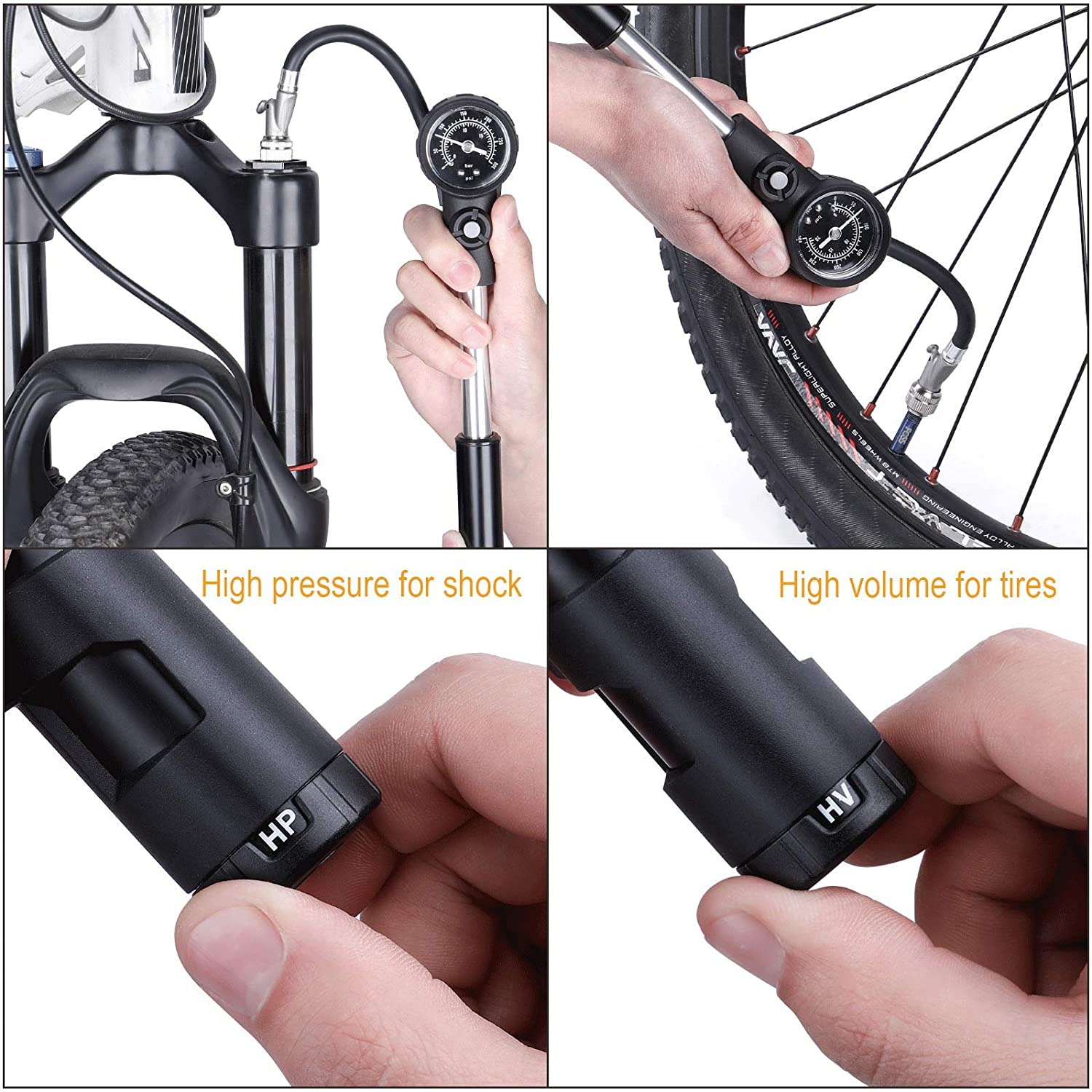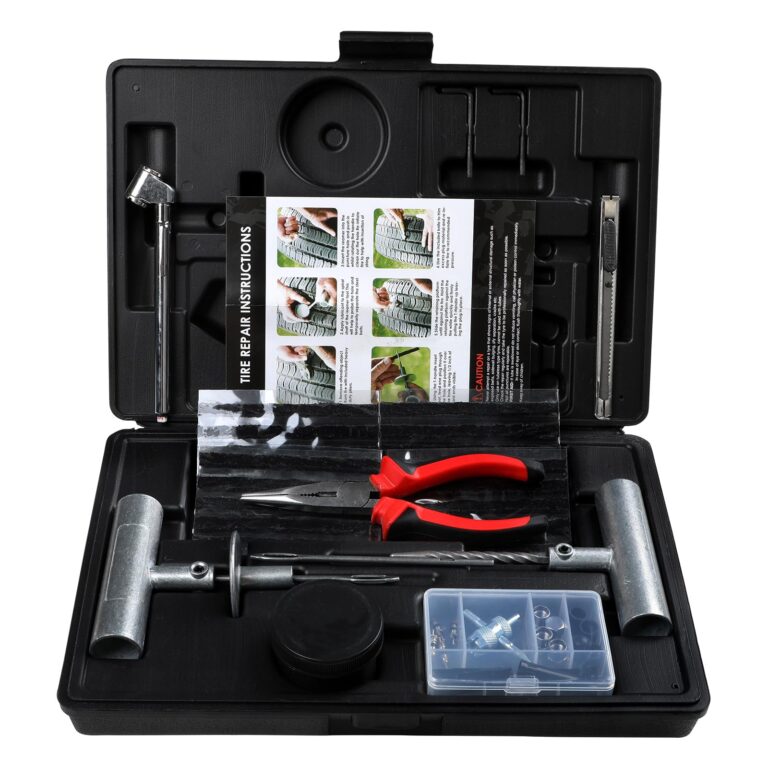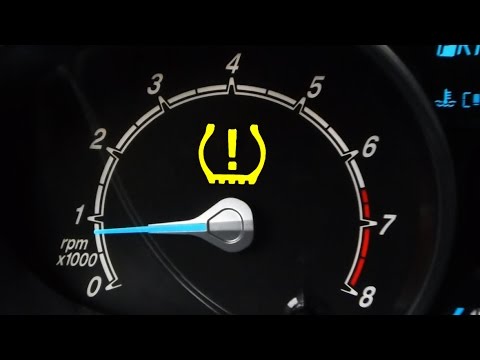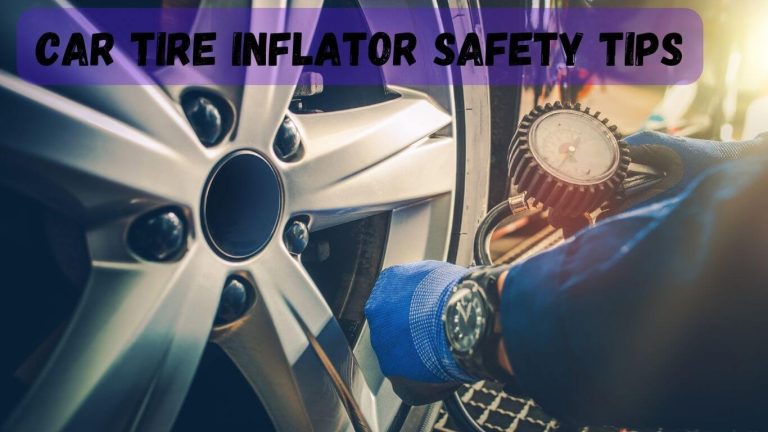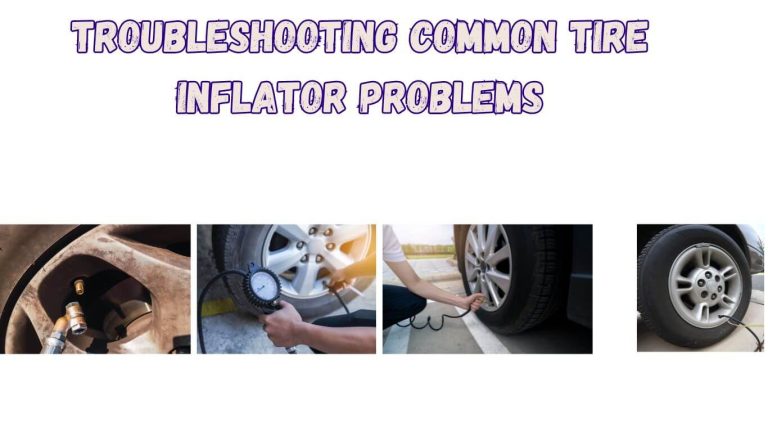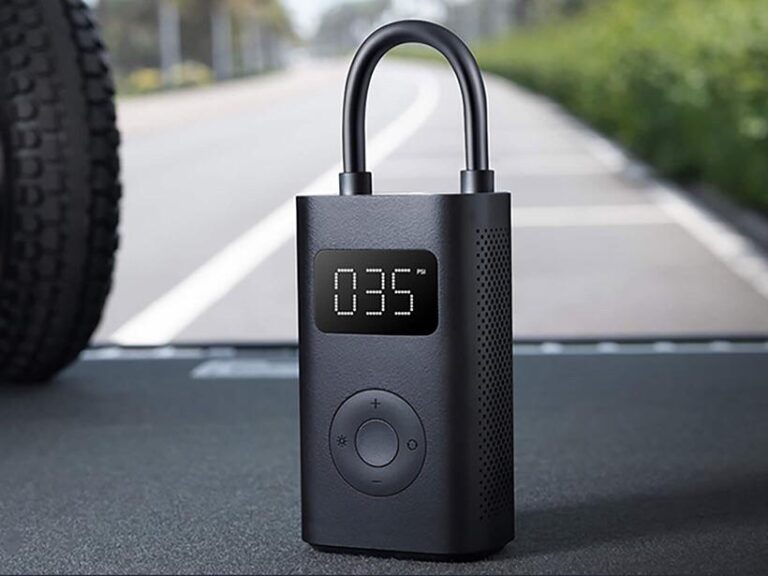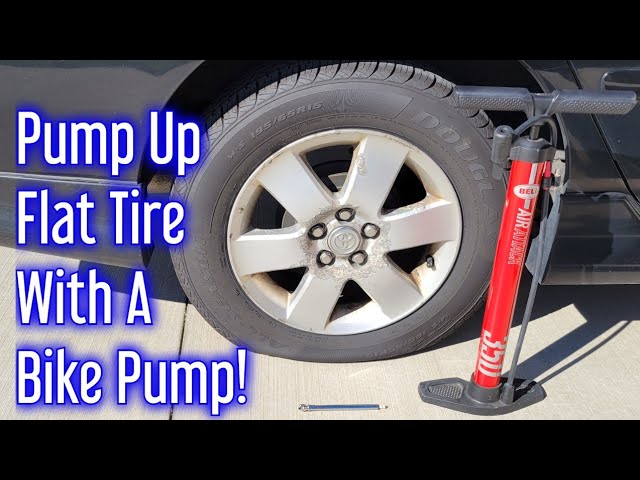Can You Use Tire Pump for Shocks? Expert Tips Revealed
When it comes to bicycle maintenance, many people ask, “Can you use a tire pump for shocks?” This question is important for cyclists and car owners alike. Understanding the differences between tire pumps and shock pumps can help you make the right choice.
What are Shocks?
Shocks, also known as shock absorbers, are important components in vehicles and bicycles. They help keep your ride smooth. Here are some key points:
- Shocks absorb bumps and impacts.
- They improve vehicle stability.
- They enhance ride comfort.
What is a Tire Pump?
A tire pump is a device used to inflate tires. It is easy to use and commonly found in homes and garages. Here are some facts about tire pumps:
- They are designed for high volume and low pressure.
- They can inflate car and bicycle tires.
- They come in manual and electric forms.
What is a Shock Pump?
A shock pump is specifically designed for inflating shocks. They are different from tire pumps in several ways:
- Shock pumps inflate to high pressure.
- They provide precise pressure adjustments.
- They usually have a small volume.
Differences Between Tire Pumps and Shock Pumps
| Feature | Tire Pump | Shock Pump |
|---|---|---|
| Pressure Range | Low to Medium | High |
| Volume | High Volume | Low Volume |
| Precision | Less Precise | Very Precise |
| Use | Tires | Shocks |
Can You Use a Tire Pump for Shocks?
The simple answer is No. You should not use a tire pump for shocks. Here are the reasons:
- Tire pumps do not reach the high pressure needed for shocks.
- They deliver too much air volume, which can damage shocks.
- You cannot adjust the pressure accurately.
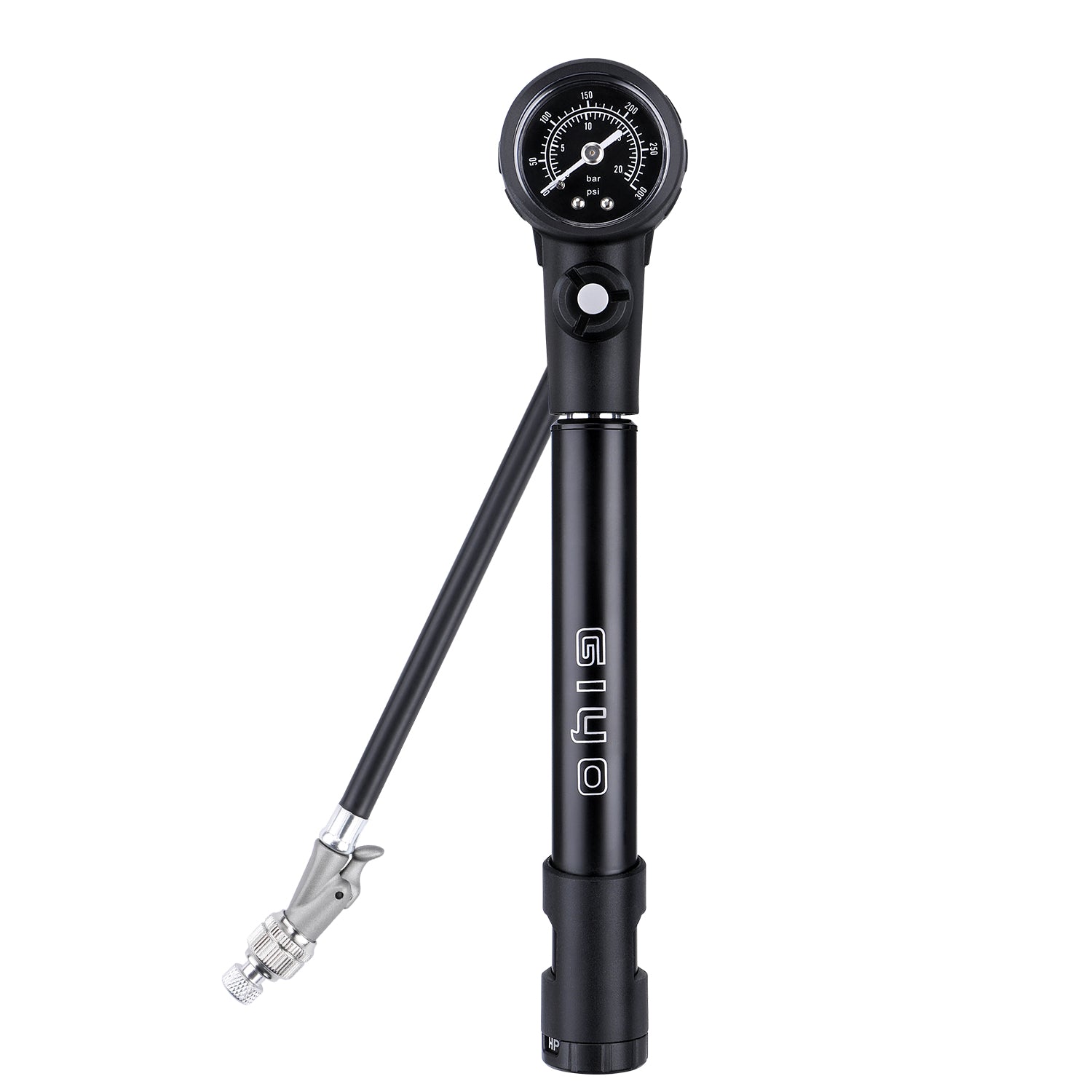

Consequences of Using a Tire Pump for Shocks
Using a tire pump for shocks can lead to serious issues:
- Overinflation can damage the shock components.
- You may void any warranties on your shocks.
- It can lead to a rough ride quality.
Best Practices for Maintaining Shocks
To keep your shocks in good condition, follow these best practices:
- Use a shock pump specifically designed for shocks.
- Check the pressure regularly.
- Inspect for leaks or damage.
How to Properly Inflate Shocks
Here are the steps to inflate your shocks correctly:
- Remove the valve cap from the shock.
- Attach the shock pump to the valve.
- Carefully pump to the desired pressure.
- Detach the pump quickly to prevent air loss.
- Replace the valve cap securely.
Conclusion
In summary, you should not use a tire pump for shocks. Tire pumps are designed for low pressure and high volume. Shock pumps are made for high pressure and precision. Using the right tool is vital for maintaining your shocks.
By following the tips in this article, you can ensure a smooth ride. Always use the right equipment for the job. Your bicycle or vehicle will thank you for it!
Frequently Asked Questions
1. Can I Use A Hand Pump For My Shocks?
It is best to use a shock pump for this purpose. Hand pumps may not provide the correct pressure.
2. How Do I Know The Correct Pressure For My Shocks?
Check the manufacturer’s guidelines for the recommended pressure range.
3. What Happens If I Underinflate My Shocks?
Underinflation can lead to poor handling and reduced comfort.
4. How Often Should I Check My Shock Pressure?
It is a good idea to check shock pressure every few rides or before long trips.
5. Can I Use A Compressor For My Shocks?
Using a compressor is not recommended. It can overinflate and damage the shocks.

